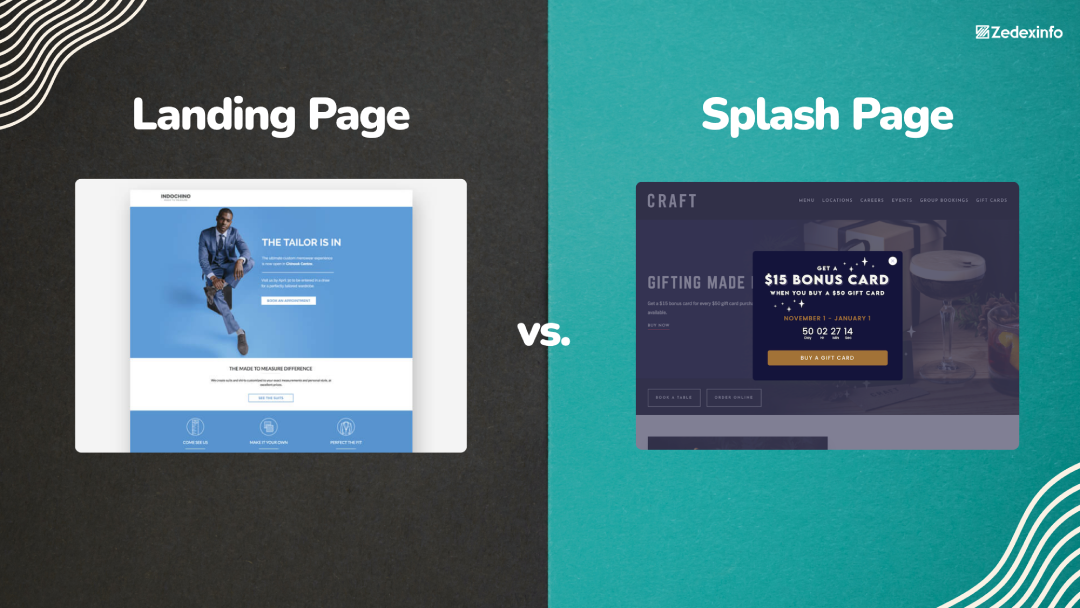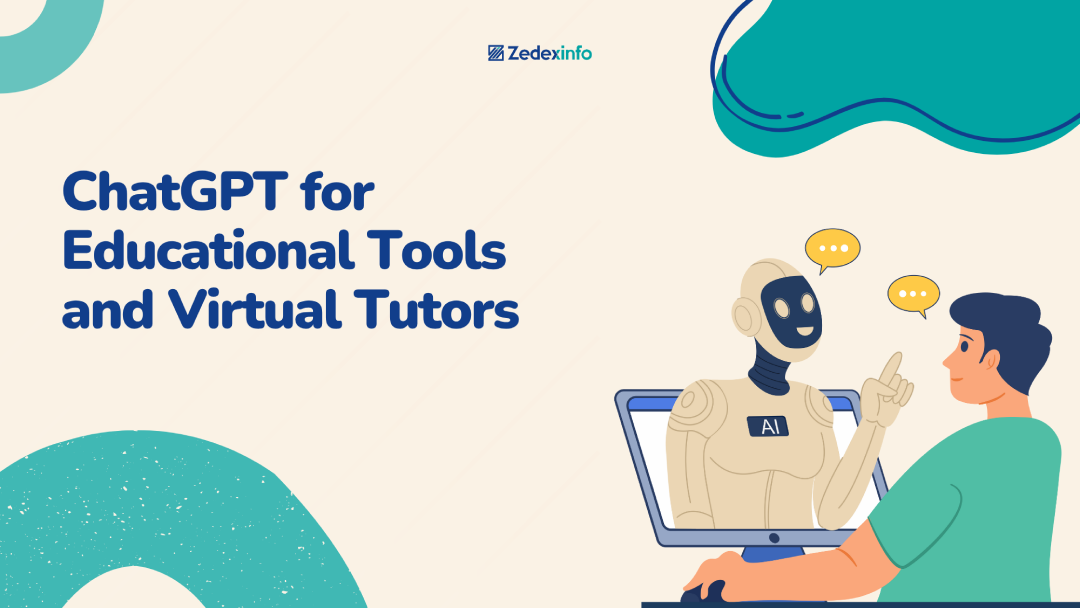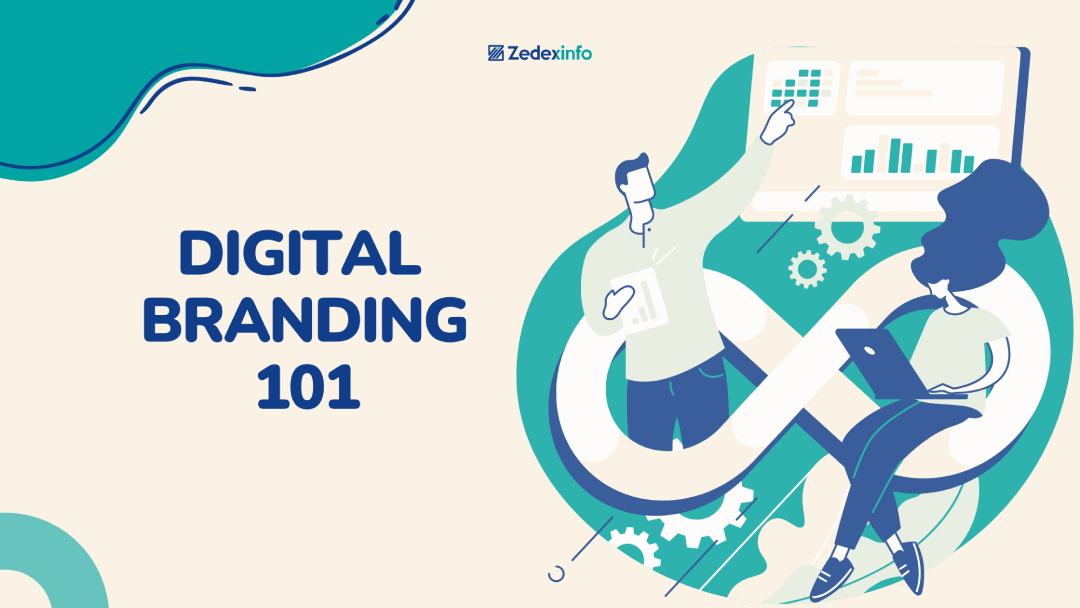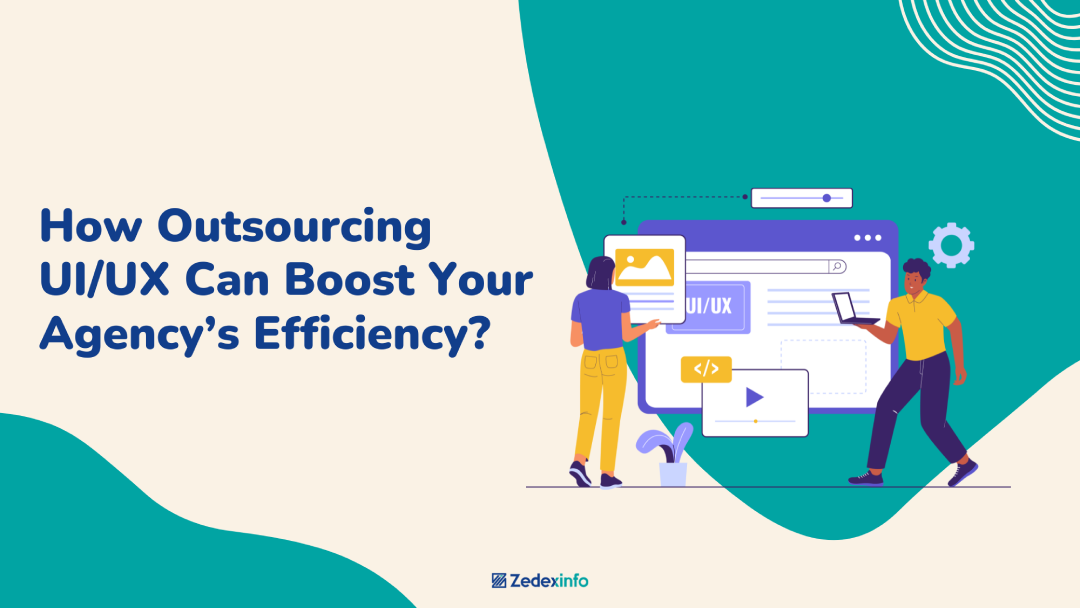Navigating the world of digital marketing feels like solving a constantly changing puzzle. Just when you think you’ve figured out everything correctly, the pieces shift again. Similarly, digital marketing is a vast and complex topic, with so many strategies, tools, and trends constantly evolving. In such a scenario, understanding how to attract traffic and encourage them to explore your website requires the right approach and correct information. One topic that often causes confusion is the landing page vs splash page. Many people use these 2 terms interchangeably without knowing they are two very different components.
Landing pages and splash pages are key to engaging visitors but differ in terms of purpose, design, and user interaction. Understanding the distinctions is crucial to using them effectively and achieving marketing goals and objectives. If you want to create more effective user experiences and achieve your marketing goals, this blog is for you. In this blog, we’ll explore the differences between landing pages and splash pages, helping you choose the right one for your specific needs.
What is a Splash Page?
A splash page is a temporary introductory screen or entry page that appears before the main website. It contains minimal content, such as a welcome message, announcement, short description, motivating phrase, age verification, call to action, etc. Understand this with a simple example. A splash page is like Netflix’s sign-in screen. Before you access the main content, you’re greeted with a branded page asking you to log in or sign up before taking you to the actual platform.
Splash pages are mainly used for collecting information, promotions, announcements, calls to action, branding, legal requirements, etc. They work as a teaser or welcome screen for your traffic before taking them to the homepage. The best way to use splash pages is by adding a combination of stunning graphics and minimal catchy text.
Key Features of a Splash Page:
- Brief Content: The content in a splash page is short and simple, combined with high-quality animation or graphics. For example, “Welcome to Our Website!” with a minimalistic but striking background.
- Minimal Navigation: Splash pages have very less or sometimes no navigation options. There is just an enter button to close the splash page and enter the main website.
- Call to Action (CTA): They contain a single, clear, and visible CTA, such as Shop Now, Subscribe, Enter, etc., to guide the user correctly.
- Branding Elements: Splash pages are popularly used for branding and promotion; therefore, they contain a logo, brand colors, typography, and a tagline of the brand.
- Lead Capture: These pages engage visitors by offering email signups, discount offers, event announcements, upcoming sales notice, etc.
Main Uses of Splash Pages:
- Welcome messages
- Promoting a service or an event
- Highlight a specific product or service
- Age verification
- Promotional announcements
- Language or region choice
- Collecting email address
- Legal disclaimers
- Alert or warning message
- Verify data like phone number and e-mail ID.
- Branding experiences
- Display the estimated loading time
Real-Life Example of Splash Page:
Consider a popular fashion brand conducting a limited-time sale for the upcoming festival. The website might greet users by displaying a full-screen ad for a limited-time sale in an eye-catching manner before allowing users to browse the website.
What is a Landing Page?
A landing page is a dedicated web page or target page designed to drive a specific action and bring conversions. It’s like a regular webpage whose main purpose is to promote services, generate leads, and sell products. When users click on a link or button, they get directed to the landing page, which encourages them to take action, such as making a purchase, subscribing to a newsletter, etc. The content on landing pages is engaging, sales-driven, and directly appeals to customers by addressing their queries.
The main objective of landing pages is to turn visitors into potential leads. They serve as a direct and strategic entry point into the sales funnel, guiding users toward taking action. Landing pages increase the conversion rate of digital marketing campaigns and increase sales. Unlike splash pages, landing pages are conversion-focused and often used in marketing campaigns to boost conversions.
Key Features of a Landing Page:
- Detailed Content: The landing page includes detailed content on specific products, services, offers, or announcements to encourage users to take action.
- Strong Call to Action (CTA): They contain one primary CTA that stands out and asks users to perform specific actions. Examples include “Download now,” “Get started,” “Sign up,” etc.
- Clear Navigation: Boasts a clear navigation path to keep users focused on the conversion goal. There are limited links and menu options to minimize distractions.
- Engaging Visuals: Landing pages contain high-quality images, videos, or infographics related to products and services to enhance user experience and complement CTA.
- Trust Signals: These pages contain customer testimonials, reviews, case studies, trust badges, security seals, and other social proof to gain customer trust.
Main Uses of Landing Pages:
- Downloading content
- Making a purchase
- Booking appointment
- Paid ad campaigns
- Registering for a webinar or event
- Promotion of product or service
- Leads generation
- App downloads
- Filling out a form
- Promoting time-sensitive deals
- Competition entries
- Subscribing to a newsletter
Real-Life Example of Landing Page:
Consider a popular fitness app running a digital ad promoting personalized workout plans. Clicking on the ad leads to a landing page showcasing complete details, key features, success stories, benefits, and a “Start Free Trial” button to drive conversions.
Landing Page vs Splash Page – Key Differences:
Now that you know what landing pages and splash pages are, it’s time to explore their key differences. Having a clear grasp of their definitions makes it much easier to distinguish between them. Let’s dive into the main differences.
Purpose:
Splash Page: The splash page’s main purpose is to act as an entry screen, introducing visitors to the website and its mission. It is used for a quick message, announcement, promotion, age verification, gathering data, or language selection before accessing the main site. Splash pages make a positive first impression and encourage visitors to engage immediately as they visit the main page.
Landing Page: The main purpose of a landing page is lead generation, sales conversion, and gathering user information. It is used to advertise products, announce sales and discounts, launch new products, offer detailed information, etc. Landing pages encourage visitors to purchase a product, sign up for a newsletter, download content, book appointments, or register for a webinar.
Content:
Splash Page: Splash pages feature brief and minimalist content, usually containing a short message, striking visuals, animations, and a CTA. The content delivers the required message without overwhelming visitors with detailed descriptions and links.
Landing Page: Landing pages contain focused, detailed, and action-driven content about the product or service to encourage visitors to take action. They include clear and compelling headlines, engaging copy, benefits, features, images, videos, social proof, FAQs, and a CTA.
Length:
Splash Page: Splash pages are short and brief as they focus on just one specific message or CTA. They can be a single sentence, a group of words and phrases, or a striking visual that delivers the message. These pages communicate the message in the least words and visuals possible so that users can quickly read, understand, and interact by taking action.
Landing Page: Landing pages can be both short and long, depending on the information to be added and the purpose of the page. If a particular goal needs more content to attract and encourage users, then they are likely to be lengthy. On the other hand, if only a small amount of content is enough to drive users, landing pages can be short and simple.
User Interaction and Navigation:
Splash Page: There is minimal user interaction on splash pages, as there are no navigation options. They have just one single action CTA that takes visitors to the site or other things like region selection, age verification, login page, etc. There are no other distractions, ensuring the user focuses on the main content of the splash page.
Landing Page: Landing pages are designed to enhance user interaction, engagement, and conversions. They include clear navigation to guide users through the conversion funnel toward the final CTA. Clickable buttons, forms, and links encourage interaction, keep users engaged with the content, and take further steps.
Duration of Visit:
Splash Page: Users spend little time on splash pages, as they quickly deliver the message before allowing entry to the main website. They act as a temporary barrier, slightly delaying access to the main content. For example, a splash page with a region selection prompt will obviously hold the user for just a few seconds.
Landing Page: Landing pages are designed to keep users engaged for a longer period by providing valuable and detailed content. They encourage visitors to explore the information thoroughly before taking action. The presence of in-depth information, social proofs, benefits, features, FAQs, etc., naturally increases the duration of the visit.
Frequency of Use:
Splash Page: Splash pages are used occasionally for specific goals and occasions like announcements, teasers, special promotions, or some important verifications. They don’t have a regular purpose and are, therefore, deployed only when immediate attention or verification is needed.
Landing Page: Landing pages are among the most crucial components of a website and are used frequently for different purposes. They can be used for campaigns, products, services, or gathering audience information on a regular basis. Landing pages are ongoing marketing tools that require regular updates to stay effective.
Design and User Experience:
Splash Pages: Splash pages boast a minimalist design, often a single captivating image or short message with a button. They feature high-quality visuals like images, animations, or videos to attract visitors’ attention immediately. Since the user experience on splash pages is brief, they should be quick and mobile-friendly to avoid frustrating users.
Landing Pages: Landing pages boast detailed, structured layouts with high-quality visuals, clear forms, and actionable CTAs. They contain product or service information, features, benefits, uses, social proof, etc., to increase trust and credibility. The user experience is longer on landing pages; therefore, they should be fully responsive to ensure smooth interaction on all devices.
Conversion Path and Call-to-Action (CTA):
Splash Pages: CTAs on splash pages are simple and straightforward. They basically ask a user to perform an action to proceed further. Examples include “Enter Site,” “Continue,” “Choose Language,” etc., to enter the main site.
Landing Pages: CTAs on landing pages are strong and action-oriented, focusing on a clear conversion goal. Examples include “Subscribe Now,” “Sign Up,” “Buy Now,” “Download the E-book,” etc., and perform the action.
Accessibility:
Splash Pages: Splash pages are actually part of a website; therefore, users can visit those pages just by visiting the website hosting. As soon as they visit the website with the link, a splash page appears before the main page, acting as an entry screen.
Landing page: Landing pages can be accessed through various channels, such as direct URLs, promotional emails, social media links, links in landing pages, or ads. Once users click the link from any source, they are directed to the landing page.
SEO Impact:
Splash Pages: Splash pages are not typically SEO optimized and don’t even contribute to rankings. They lack proper content and links, which means search engines do not index them as part of the website.
Landing Pages: Landing pages are properly optimized for search engines to drive relevant traffic and conversions. They contain detailed content with targeted keywords and SEO optimization to improve visibility and rankings in SERP.
Advantages:
Splash Pages:
- Faster loading time
- Captures visitors’ attention instantly
- Reinforces brand identity with eye-catching design
- Great for temporary promotions, announcements, or events
- Filters traffic
Landing Pages:
- Engages visitors with a focused, action-driven message
- Builds trust and credibility by offering value
- Boost visibility for search engine rankings
- Effective for lead generation and increasing conversions
- Boost your search traffic
Disadvantages:
Splash Pages:
- May disrupt user experience
- No Seo benefits as Search engines don’t index splash pages
- Adds a barrier between visitors and the actual site
- Offer little interactive engagement
- Repeat content for returning visitors
Landing Pages:
- Requires careful optimization to avoid high bounce rates
- Limited navigation
- Needs to be optimized properly for search rankings
- Slow load times due to multiple visuals
- If it is too long or complex, visitors may leave before converting
- Requires continuous testing and optimization
Conclusion:
Landing pages and splash pages are two very different components of a website. A splash page is a temporary introductory page whose aim is to deliver a specific message or information. It includes a brief message, minimal design, limited interaction, and optional media. Splash pages are mainly used for announcements, promotions, age verification, disclaimers, email address, language or region selection, etc. A Landing page is a standalone page whose aim is to drive engagement and conversions. It includes compelling headlines, persuasive content, strong call-to-action (CTA), engaging visuals, social proof, etc. Landing pages are used for lead generation, product promotions, event registrations, free trials or demos, etc. So, consider your marketing objectives and choose the one that best aligns with your goals.




